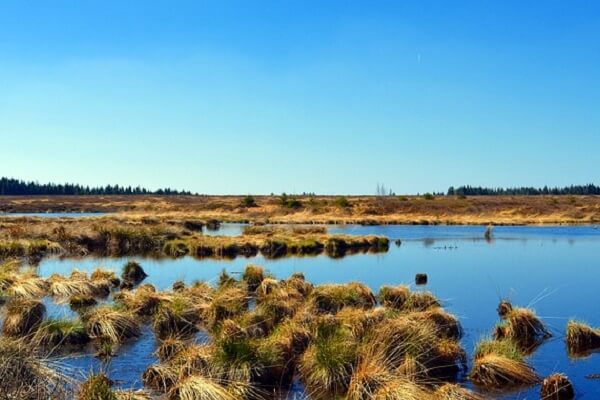Is there a link between wetlands and agriculture? Yes, there is!
Wetlands play a vital role in agriculture. They’re an integral part of the ecosystem as they contribute to soil retention and provide nutrients and water. The value of wetlands has not always been acknowledged, which has resulted in their drainage in some regions. However, there is a growing awareness of their importance in the agricultural sector. Take your business to the next level by finding farming equipment for sale on AgriMag.

What are wetlands?
Wetlands can be described as saturated lands and include a broad range of areas, including lakes, rivers, and swamps. This classification also refers to estuaries and coral reefs. Areas can be dry for long periods and still be defined as a wetland. Wetlands are home to a diverse range of animal and plant species.
What role do wetlands play in agriculture?
Wetlands need to be conserved as they are important for agriculture and the wellbeing of people. Wetlands help improve the quality of soil and contribute to decreased erosion. They also contribute to the retention of sediments and nutrients. Wetlands provide shade for animals and they also function as a windbreak. They can be used for grazing and fishing.
Wetlands offer protection against floods. Streams and rivers in wetlands create shallow pans that water can flow into so that it loses momentum and decreases the risk of flooding. Plants help to hold back the water. These areas store water, which not only decreases the risk of flooding, but also helps to provide a more consistent source of water later on. This offers a good source of drinking water for animals. They improve the quality of the water by acting as a natural filter. Pathogenic bacteria, heavy metals and pesticides are trapped by the wetlands so that the water that leaves the area is cleaner than it was before entering it. The role that wetlands play in the provision of clean water means that they help with drought resilience.

Sediments and nutrients are collected in wetlands, which promotes the growth of plants. Grasses, reeds, and trees thrive in these regions and the plants create a habitat for birds, fish, insects, and other animals. There is an abundance of life in wetlands when compared to other habitats.
What risks do wetlands face?
Certain agricultural practices can put wetlands at risk. Pesticides and fertilisers can increase the amount of pollutants wetlands have to cope with. High levels of animal faeces can also put strain on these regions. Interference with rivers and streams could alter their flow, which has negative consequences for fish and birds. The disruption of the natural water flow impacts the wetlands negatively and diminishes their ability to provide fresh water and to replenish the soil.
How to protect wetlands
The benefits of wetlands highlight the importance of conserving these regions. Involving all the community stakeholders can help to promote the conservation of wetlands. The needs of the community must be taken into account during the development of a conservation strategy. Determine the type of wetland you’re working with and what species are living there. Assess the services that it provides, who depends on it, and the effect of activities in the region. Next, create a plan to make the best use of the wetland while promoting conservation.

Make sure that your farm thrives by helping to protect the wetlands in your area. Investing in quality equipment is another opportunity to ensure the success of your business. Find excellent deals on equipment for your business on AgriMag.






